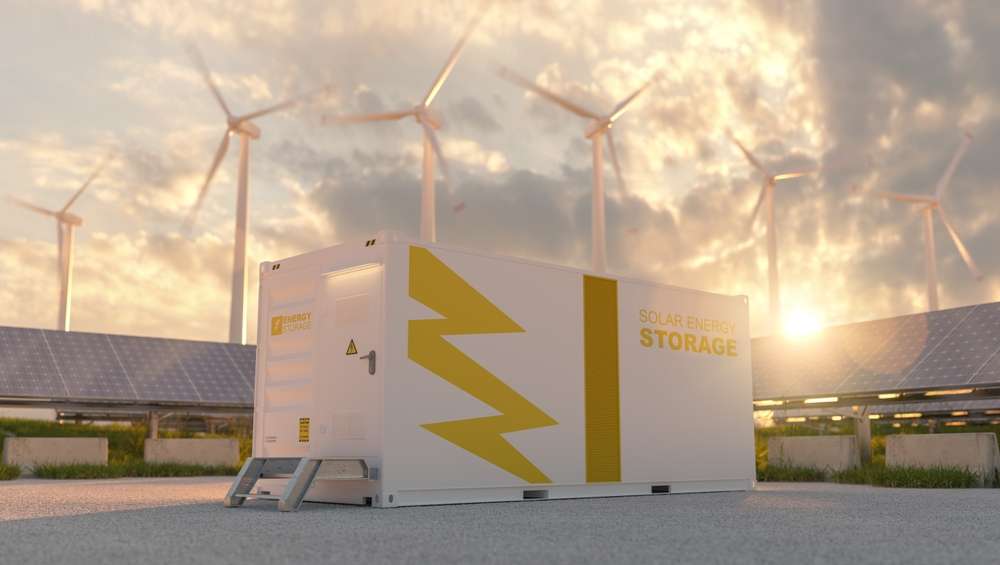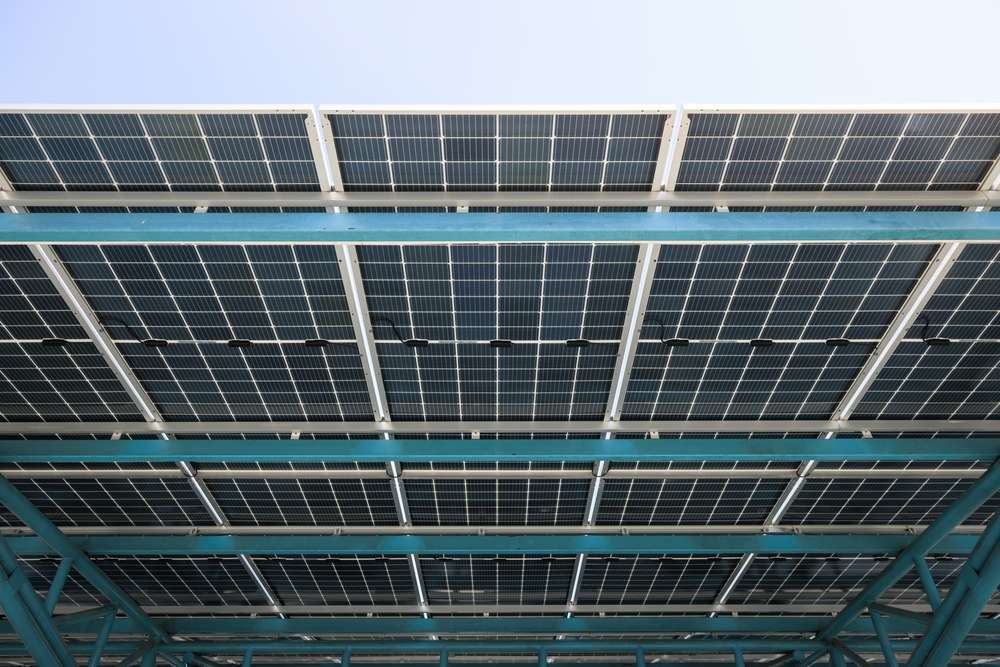Home battery 10 kW: ideal for single-family houses
A 10 kW home battery system represents a significant step towards energy independence for single-family households across the UK. These systems store electricity generated by solar panels or drawn from the grid during off-peak hours, providing backup power during outages and reducing reliance on traditional energy sources. With growing energy costs and increasing focus on sustainability, understanding how these battery systems work and their practical applications has become essential for homeowners considering renewable energy solutions.

Modern home battery systems have transformed how families manage their energy consumption and costs. A 10 kW battery offers substantial storage capacity that can power essential household appliances during peak demand periods or grid outages, making it particularly suitable for average-sized family homes.
Energy Storage Capacity and Efficiency
A 10 kW home battery typically provides between 10-13.5 kWh of usable energy storage, depending on the specific technology and manufacturer. This capacity can power a typical UK household for 6-12 hours during normal usage patterns. The efficiency of these systems generally ranges from 85-95%, meaning most of the stored energy remains available for use.
Lithium-ion batteries dominate the residential market due to their high energy density and longer lifespan. These systems can cycle thousands of times over their operational life, typically lasting 10-15 years with proper maintenance. The round-trip efficiency determines how much energy you lose during the charging and discharging process, with modern systems achieving impressive performance levels.
Installation and Maintenance Tips
Proper installation requires professional assessment of your home’s electrical system and available space. The battery unit typically measures around 1.2m x 0.8m x 0.2m and weighs approximately 120-150kg, requiring adequate floor support and ventilation.
Maintenance involves regular monitoring of the battery management system, ensuring proper ventilation around the unit, and keeping firmware updated. Most modern systems include smartphone apps that allow remote monitoring of performance, charge levels, and energy usage patterns. Professional annual inspections help identify potential issues before they affect system performance.
Temperature control plays a crucial role in battery longevity. Installing the system in a location with stable temperatures between 0-25°C maximises efficiency and extends operational life.
Cost and Savings Analysis
The investment in a 10 kW home battery system involves several cost considerations. Initial purchase prices typically range from £8,000-£15,000, including installation by certified professionals. Government incentives and VAT reductions on renewable energy systems can significantly reduce upfront costs.
| Battery System | Provider | Capacity | Cost Estimation |
|---|---|---|---|
| Tesla Powerwall 2 | Tesla | 13.5 kWh | £9,000-£12,000 |
| LG Chem RESU | LG Energy | 9.8 kWh | £8,500-£11,500 |
| Sonnen Eco | Sonnen | 10 kWh | £10,000-£14,000 |
| Pylontech US3000C | Various Installers | 10.5 kWh | £8,000-£10,500 |
Prices, rates, or cost estimates mentioned in this article are based on the latest available information but may change over time. Independent research is advised before making financial decisions.
Monthly savings depend on your energy usage patterns and local electricity rates. Households can typically save £100-£300 monthly by storing cheap off-peak electricity and using it during expensive peak hours. The payback period generally ranges from 7-12 years, considering energy bill reductions and potential grid services revenue.
Choosing the Right Battery for Your Home
Selecting an appropriate battery system requires careful evaluation of your household’s energy consumption patterns. Review your electricity bills from the past year to understand peak usage times and total monthly consumption.
Compatibility with existing solar panel systems affects integration complexity and costs. Some batteries work seamlessly with specific inverter brands, while others require additional equipment for proper operation.
Warranty terms vary significantly between manufacturers, typically covering 10-15 years or a specific number of charge cycles. Consider the warranty coverage for both the battery cells and the integrated electronics, as replacement costs can be substantial.
Local installer expertise and ongoing support services influence long-term satisfaction with your battery system. Research certified installers in your area who specialise in your chosen battery brand and can provide comprehensive maintenance services.
Future expandability allows you to add additional battery modules as your energy needs change or as technology improves. Modular systems offer flexibility for growing families or those planning to add electric vehicles to their household.
A 10 kW home battery system offers significant benefits for single-family houses seeking energy independence and cost savings. The combination of substantial storage capacity, improving efficiency, and decreasing costs makes these systems increasingly attractive for UK homeowners. Success depends on proper system sizing, professional installation, and realistic expectations about savings and payback periods.



